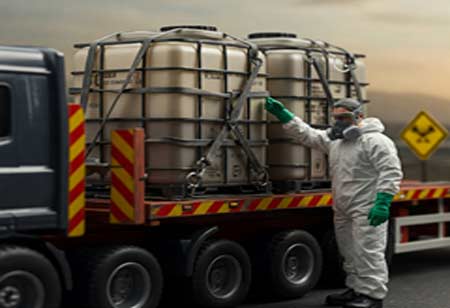Fremont, CA: The storage and transportation of hazardous chemicals demand meticulous planning, stringent safety protocols, and full compliance with regulatory standards. Ensuring safe storage begins with understanding the unique properties of each chemical and categorizing them according to hazard class. Proper segregation is essential. For example, flammable materials should never be stored near oxidizers, and incompatible chemicals must be kept apart to avoid dangerous reactions.
Transport operators must undergo specialized training in handling hazardous materials (HAZMAT), spill control, and emergency response. By planning routes that avoid densely populated areas or environmentally sensitive regions where feasible, companies can minimize risks in the event of a mishap. Regular vehicle inspections and maintenance further reduce the likelihood of mechanical failure during transit.
Implementing Safe Storage Practices and Compliance Measures
Companies mitigate risks by investing in purpose-built storage infrastructure. It includes explosion-proof cabinets, corrosion-resistant shelving, and temperature-controlled environments where necessary. Ventilation systems minimize the buildup of harmful vapors, while secondary containment units like spill pallets prevent leaks and spills from spreading. Regular inspection and maintenance of storage areas ensure that containment remains intact and safety equipment functions correctly.
Regulatory compliance plays a central role in storage safety. Authorities and local environmental agencies enforce chemical handling, labeling, and storage conditions guidelines. Compliance with standards ensures uniformity in communication and reduces confusion. Workers must receive ongoing education on chemical hazards, safe handling techniques, and emergency procedures to ensure preparedness and reduce workplace incidents.
Enhancing Safe Transportation and Risk Management
Transporting hazardous chemicals presents a distinct set of challenges that require careful planning and strict adherence to transportation regulations. Companies must ensure that packaging, labeling, and documentation meet legal requirements, whether moving chemicals by road, rail, sea, or air. Proper packaging is the first defense in preventing leaks or spills during transit. Containers must be robust, sealed securely, and resistant to damage from temperature fluctuations, pressure changes, and physical impact.
The technologies enhance safety and provide valuable visibility for supply chain management. Labeling and placarding transport vehicles accurately is essential for alerting responders and the public to the nature of the cargo. It enables swift, informed responses in the event of an accident. Clear documentation, including shipping papers and emergency contact information, accompanies every shipment to ensure transparency and regulatory compliance.

